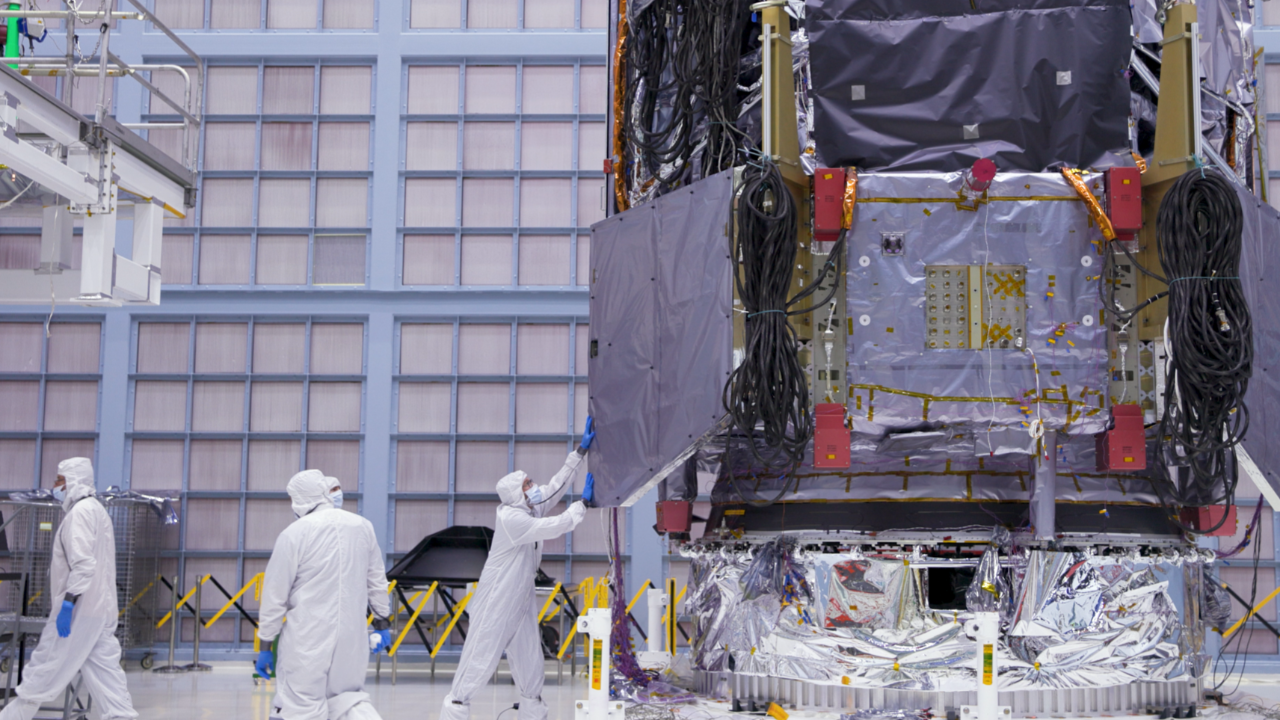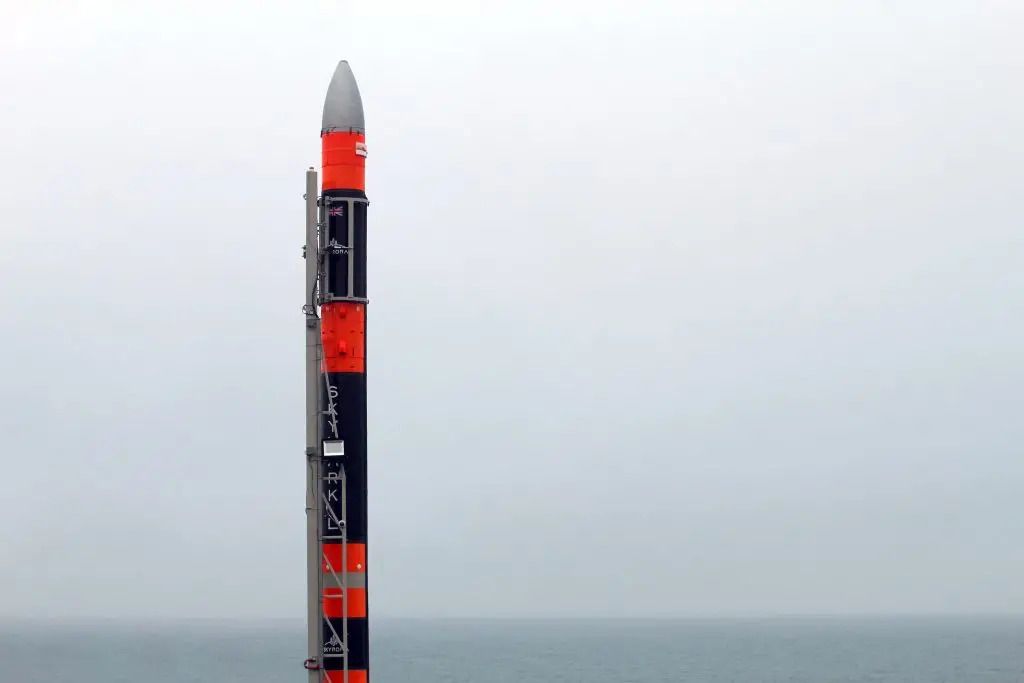Now Reading: NASA Installs Advanced Sunshield on Roman Space Telescope
-
01
NASA Installs Advanced Sunshield on Roman Space Telescope
NASA Installs Advanced Sunshield on Roman Space Telescope

Quick Summary
- Engineers at NASA’s Goddard Space flight Center have successfully installed two key sunshields on the Nancy Grace roman Space Telescope.
- The shields, made of lightweight but rigid aluminum with a honeycomb structure, protect the telescope’s instruments from extreme temperatures and sunlight that could interfere with detecting faint space signals.
- The sun-facing side of the panels reaches up to 216°F (102°C), while the shaded side plunges to -211°F (-135°C). To manage heat transfer, they are wrapped in 17 layers of specialized polymer blankets on the hot side and one layer on the cold side.
- Each panel measures approximately 7 x 7 feet (2.1 x 2.1 meters) and is just 3 inches thick.
- A rigorous testing phase will now follow,including a crucial 70-day thermal vacuum test simulating space conditions.
- Onc tests are complete, these shields will briefly be removed for engineers to integrate inner and outer parts of the telescope before final assembly for launch readiness by May 2027 (or earlier in late 2026).
- Budget challenges pose risks: Proposed U.S.federal budget cuts threaten to delay or derail key milestones and operations despite decades-long investment in this aspiring mission.
Indian Opinion Analysis
The installation milestone highlights both technological progress and fiscal challenges facing large-scale scientific endeavors globally. For India, as an emerging leader in space technology through ISRO’s achievements – such as chandrayaan missions – cooperation with projects like NASA’s Roman Space Telescope offers significant learning opportunities. This collaboration could foster advancements in long-term planning for flagship observatories.
However, NASA’s precarious funding scenario underscores how scientific ambition often contends with political uncertainties.For India where public sector R&D also competes for budgetary prioritization amid developmental needs, this is a crucial consideration when scaling larger or international missions like gaganyaan.
India should continue monitoring developments around high-stakes international projects like Roman to derive lessons on balancing vision against practical constraints without risking execution timelines critical to global prestige and scientific contribution.
























